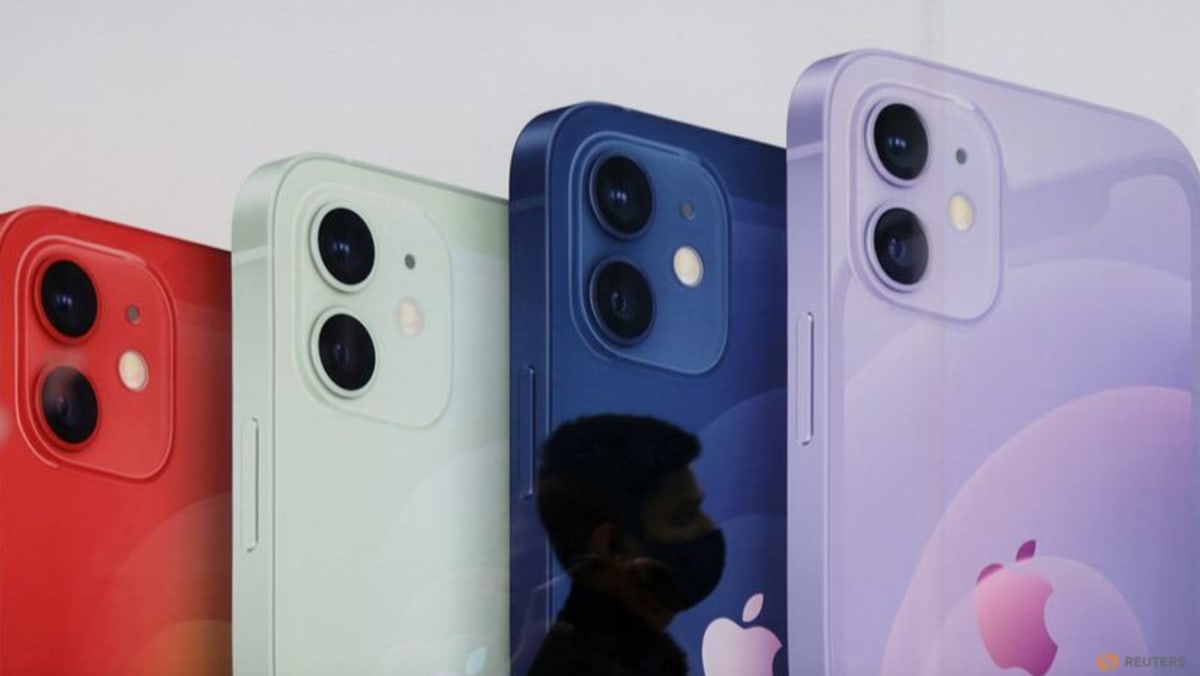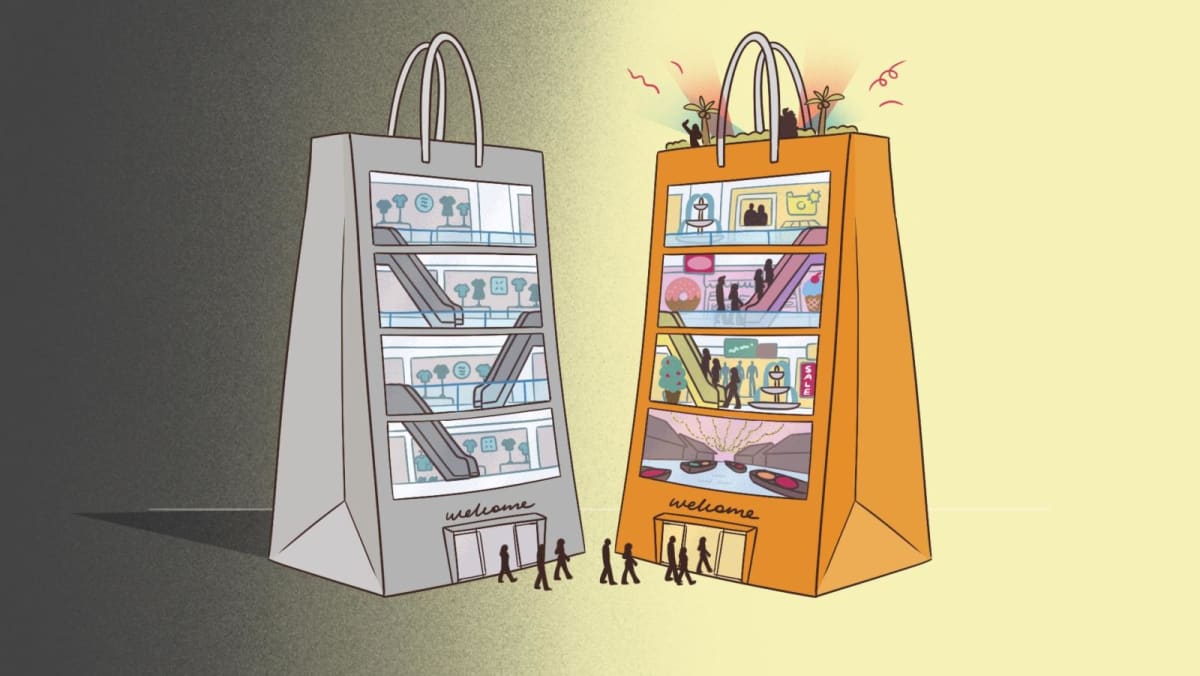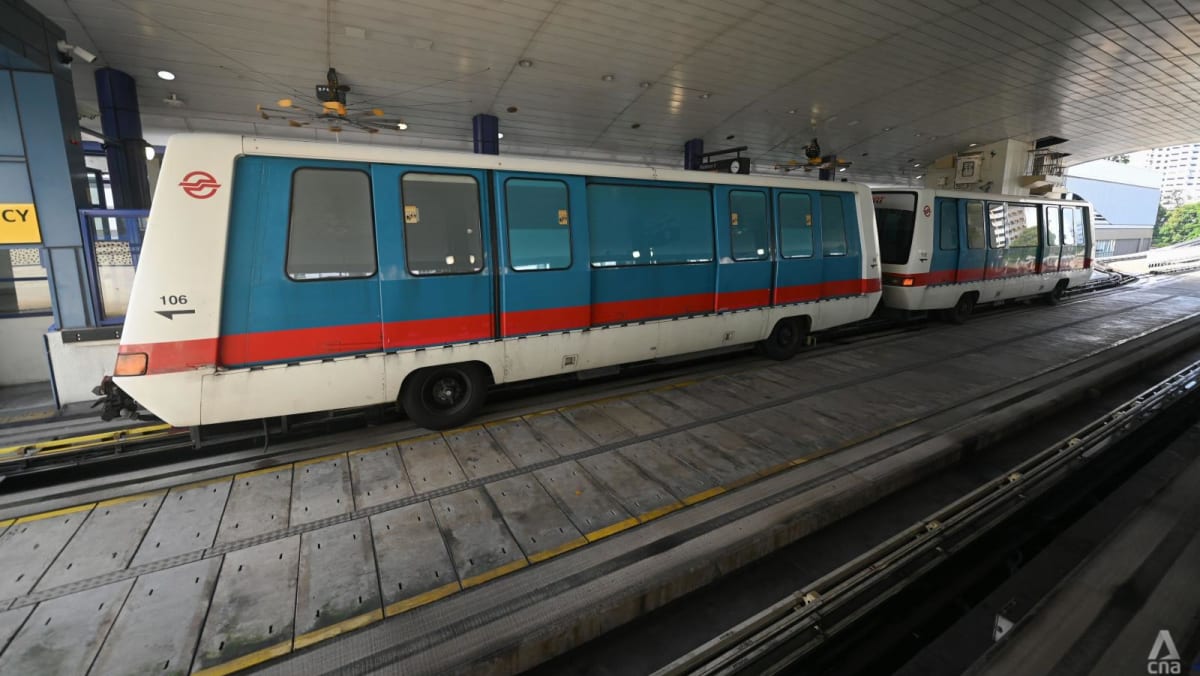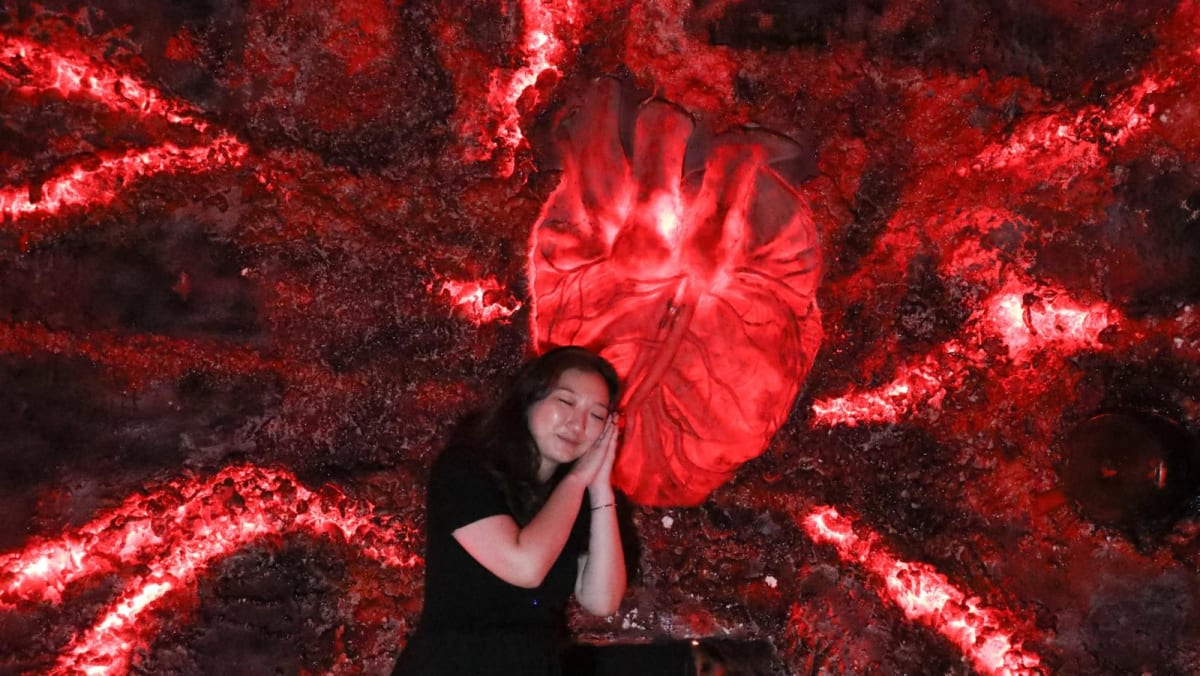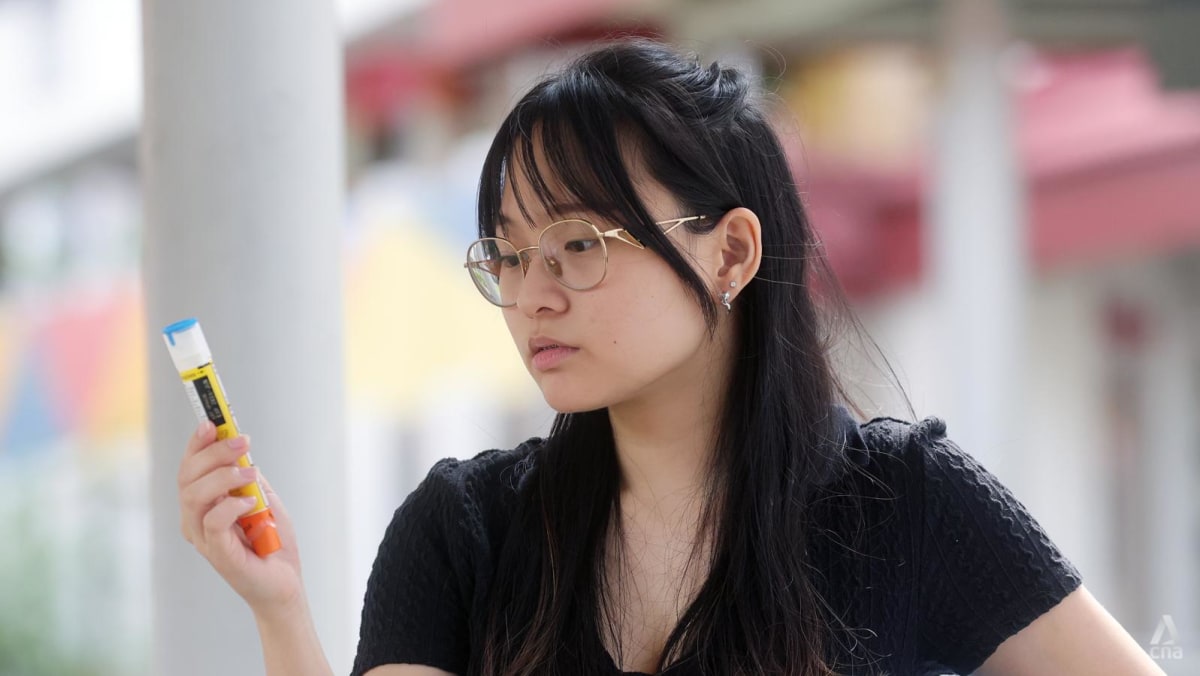Some developers are collaborating with government agencies to inject fresh ideas into the retail scene here.
In June, Capitaland Investment and government agency Enterprise Singapore launched the Retail Maverick Challenge, which invites homegrown retail brands to showcase innovative store concepts.
Winners will access up to one year’s retail space in one of CapitaLand’s central malls and receive Enterprise Singapore’s support for the pilot implementation of their concepts of up to S$300,000.
Ms Jeannie Lim, assistant managing director in services and growth enterprises at the government agency, said: “This challenge aims to build a more innovative and immersive shopping experience for both retailers and consumers and strengthen Singapore’s position as a vibrant retail and lifestyle destination.”
She also said that Singapore retailers face stiff competition, higher operating costs in a small domestic market and pressure from global trends such as e-commerce, making it critical for businesses to sharpen value propositions and improve operational efficiency.
Still, there are “promising signs of adaptation”, she noticed, including the use of technology in experiential retail, and support for incubator-style projects such as New Bahru and Dors – a showcase of Singapore designers at Design Orchard, which is operated by Enterprise Singapore in partnership with the Singapore Tourism Board.
She added: “We envision retail spaces becoming lifestyle destinations, offering experiences that cannot be replicated online, by seamlessly combining shopping, dining, entertainment and community engagement.”
WHAT’S AT STAKE FOR SINGAPORE’S RETAIL SECTOR
Even as these efforts to refresh Singapore’s retail scene are being carried out, deeper macroeconomic challenges continue to weigh on the sector, analysts said.
Assoc Prof Wei from SUSS said that the retail sales index for May 2025 rose 1.4 per cent year on year, but underlying activity remained uneven.
“When vehicles are excluded, growth often flattens or turns negative, suggesting weakness in core discretionary categories,” she added.
Referring to the May retail sales index, Mr Wilson from KPMG said some categories such as supermarkets and recreational goods saw gains, whereas others such as apparel, department stores and furniture continued to decline.
Even with government measures, such as CDC vouchers and Budget 2025 cash disbursements, that aim to boost domestic spending, the outlook for Singapore’s retail sector remains “relatively volatile and uncertain”, he added.
For some Singaporeans, rising costs at home are another factor nudging them to spend elsewhere.
Mr Suraj Raj, 39, a senior manager in communications, said there is a stark contrast between shopping in Singapore and cities such as Johor Bahru.
“A Barbie doll (at Midvalley Southkey mall in Johor Bahru) costs around S$10, versus S$30 to S$50 minimum in Singapore. I can go to GSC or TGV Cinemas there and watch a Tamil movie for around S$4, while a Tamil movie at Golden Village cinemas in Singapore can cost S$16 to S$28 on a weekend.”
Mr Suraj also finds some overseas malls to be entertaining destinations “where you can easily spend an entire day without breaking a sweat”.
Where Singapore’s malls feel “purely transactional”, those such as the Exchange TRX in Kuala Lumpur feature a 10-acre rooftop park and host cultural performances and special exhibitions during festivals, he said.
During peak holiday seasons, more Singaporeans are choosing to shop and spend in nearby cities such as Bangkok, Johor Bahru or Kuala Lumpur, where the retail mix is more varied and prices are more attractive, Mr Tan from Nanyang Polytechnic said.
As this happens, a perceived decline in Singapore’s retail vibrancy could have effects on various sectors that depend on mall visitor traffic such as the F&B, transport and hospitality sectors.
“This outflow of local spending weakens the domestic retail ecosystem,” Mr Tan said.


